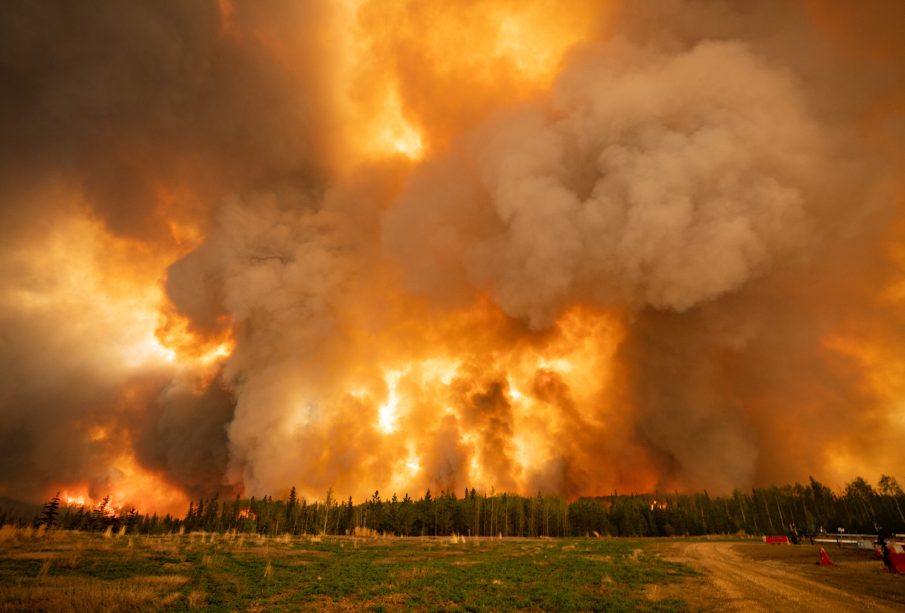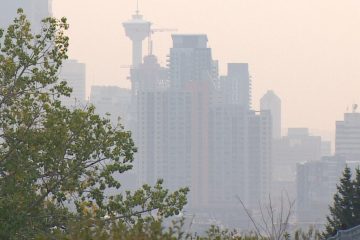The Surging Threat of Wild Fires in Canada

Introduction
Wild fires have become an increasingly destructive force in Canada, raising alarms among communities and environmentalists alike. The summer of 2023 witnessed some of the largest wildfires on record, affecting millions of acres and leading to evacuations in several provinces. As our climate continues to change, understanding the causes and consequences of these wildfires is more important than ever.
Recent Events and Statistics
According to Canada’s Wildland Fire Information System, as of early August 2023, over 8,000 wildfires had been documented across the country. British Columbia, Alberta, and Quebec have been particularly hard hit, with extensive areas burned, threatening ecosystems and human settlements. In British Columbia, smoke from forest fires has stretched as far as the eastern United States, creating air quality concerns. In total, approximately 20 million hectares of land has been scorched this season alone, which is an increase of nearly 50% compared to the average of the last decade.
Causes of Wild Fires
The primary causes of wildfires in Canada can be attributed to both natural and human factors. According to a report by Natural Resources Canada, about 55% of wildfires are caused by lightning strikes, while human activities (such as abandoned campfires and equipment use) account for the remaining 45%. Climate change has also played a significant role, leading to hotter, dryer conditions which are ideal for wildfires.
Impacts on Communities and Ecosystems
The effects of these wildfires go beyond physical destruction. Local communities are faced with evacuation orders, loss of property, and health risks due to smoke inhalation. Wildlife habitats are severely affected, leading to the loss of biodiversity as many animals are forced to flee from their natural environments. Economically, the costs of firefighting and recovery can run into billions of dollars, impacting local economies that rely on tourism and natural resources.
Preventive Measures and Future Outlook
In response to the increasing severity of wildfires, various preventive measures are being employed. The Canadian government has increased funding for firefighting resources and community awareness programs. Advancements in technology, such as satellite monitoring and predictive modeling, are being integrated into wildfire management strategies. Looking forward, experts emphasize the urgent need for sustainable practices to mitigate the impact of climate change, which is driving the intensity and frequency of wildfires.
Conclusion
Wildfires in Canada represent a looming threat that calls for immediate action and collaborative response strategies. As the frequency of these events continues to rise, awareness and preparedness are crucial for safeguarding communities and the environment. A proactive approach, rooted in research and community involvement, is essential for addressing this escalating challenge. Readers are urged to stay informed about fire safety measures and support initiatives aimed at improving resilience to wildfires.








